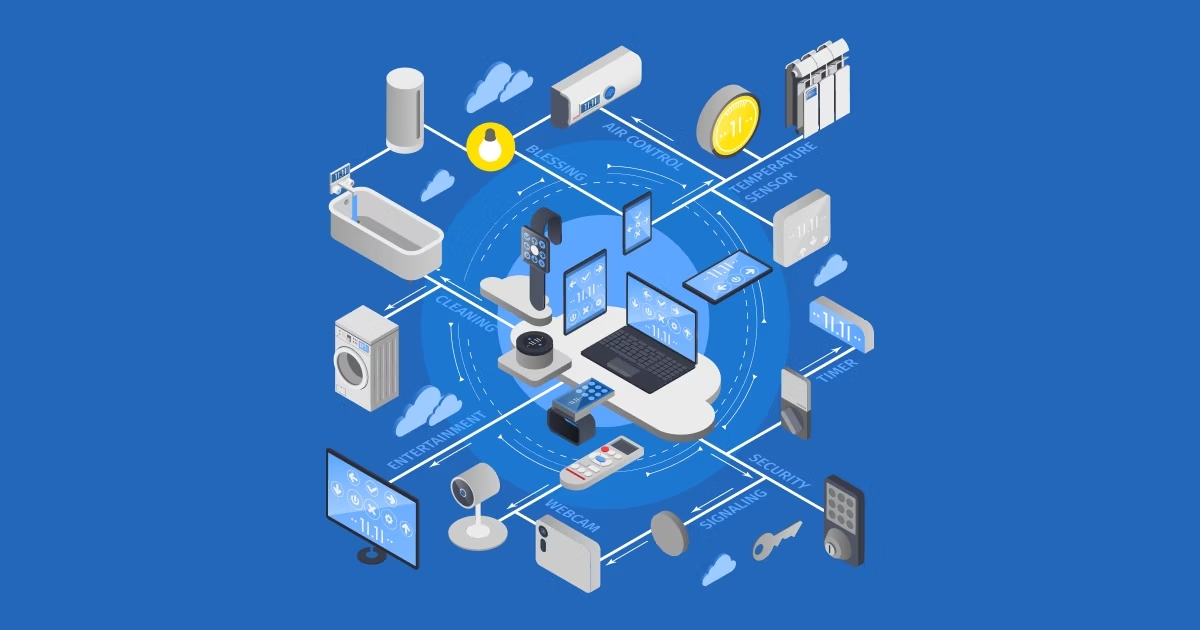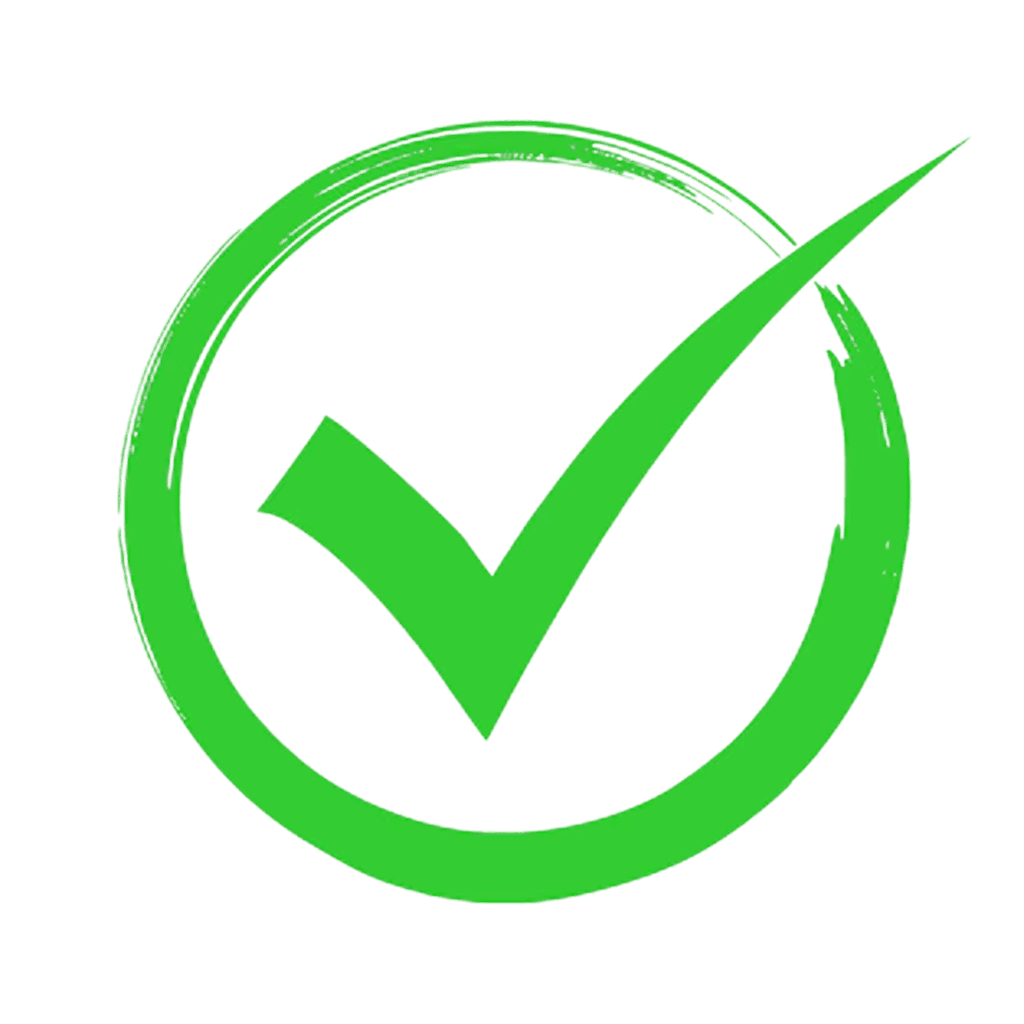In our increasingly connected world, the Internet of Things (IoT) has gained significant prominence. IoT device monitoring plays a pivotal role in ensuring the seamless functioning of these devices and harnessing their full potential. In this article, we will explore what IoT device monitoring entails, the challenges it poses, and how IoT cloud platforms can be employed to not only monitor but also optimize this crucial aspect of IoT.
What is IoT Device Monitoring?
IoT device monitoring involves the continuous tracking and supervision of IoT devices’ performance and status. These devices, equipped with sensors and communication capabilities, are embedded in various industries and applications, ranging from healthcare to manufacturing, agriculture to smart cities. The goal of monitoring is to collect real-time data, detect anomalies, and ensure that these devices operate efficiently.
Before delving deeper, let’s take a quick look at some IoT device monitoring statistics to understand its significance:
- According to Statista, the number of IoT-connected devices worldwide is projected to reach 30.9 billion by 2025, highlighting the growing importance of effective monitoring.
- A report by Cisco indicates that 60% of IoT initiatives stall at the Proof of Concept (PoC) stage, often due to inadequate monitoring and management.
Now that we have a clear understanding of what IoT device monitoring entails and its relevance, let’s explore how IoT platform can be harnessed to enhance this process.
How Can IoT Cloud Platforms Be Used to Monitor and Optimize IoT Device Monitoring?
IoT cloud platforms serve as a centralized hub for managing IoT devices and the data they generate. They offer a wide range of tools and capabilities to monitor and optimize IoT device monitoring effectively. Here’s how they can be utilized:
1. Data Aggregation and Visualization:
IoT cloud platforms collect data from diverse IoT devices in real-time. They aggregate this data and present it in user-friendly dashboards and reports. This allows operators and analysts to gain insights into device performance at a glance. For instance, in agriculture, IoT cloud platforms can provide farmers with real-time data on soil moisture, temperature, and crop health.
2. Remote Device Management:
One of the key advantages of IoT cloud platforms is the ability to remotely manage IoT devices. Operators can update device firmware, change settings, and troubleshoot issues without physical intervention. In the healthcare industry, this means healthcare providers can adjust medical devices’ parameters from a central location, improving patient care.
3. Predictive Maintenance:
By analyzing historical data and using machine learning algorithms, IoT cloud platforms can predict when IoT devices are likely to fail or require maintenance. This proactive approach prevents costly downtime and ensures devices are always operational. Manufacturing industries heavily rely on this feature to optimize production processes.
4. Security and Authentication:
IoT cloud platforms offer robust security features, including device authentication and encryption of data in transit. This is critical in industries such as smart cities and transportation, where the security of IoT devices can impact public safety.
5. Scalability:
As the number of IoT devices grows, IoT cloud platforms can easily scale to accommodate them. This scalability is essential for industries like logistics, which require monitoring large fleets of vehicles and assets.
Challenges in IoT Device Monitoring:
While IoT device monitoring offers numerous benefits, it also comes with its fair share of challenges:
1. Data Overload:
The sheer volume of data generated by IoT devices can be overwhelming. Analyzing this data efficiently and extracting meaningful insights is a challenge.
2. Interoperability:
IoT devices often come from different manufacturers, leading to interoperability issues. Integrating these devices seamlessly into an IoT cloud platform can be complex.
3. Security Concerns:
Protecting IoT devices and the data they transmit is a top priority. Security breaches can have severe consequences, making robust security measures crucial.
4. Scalability:
As mentioned earlier, scalability is both an advantage and a challenge. Ensuring that an IoT cloud platform can handle a growing number of devices without performance degradation is a significant concern.
Solutions: How Device Monitoring is Done Using IoT
To address these challenges, let’s delve deeper into how IoT device monitoring is implemented in various industries and the parameters monitored:
1. Healthcare:
IoT plays a pivotal role in remote patient monitoring. Devices like wearable fitness trackers, blood pressure monitors, and glucose meters collect and transmit patient data to healthcare providers. Parameters monitored include vital signs, medication adherence, and overall health trends. For example, a patient with diabetes can have their glucose levels continuously monitored, with the data sent to their healthcare provider’s IoT cloud platform for real-time analysis.
2. Manufacturing:
In manufacturing, IoT devices are employed for condition monitoring and predictive maintenance. Sensors on machinery collect data on temperature, vibration, and energy consumption. This data is transmitted to an IoT cloud platform, where it’s analyzed to detect anomalies and predict maintenance needs. If a machine’s temperature rises above a certain threshold, indicating a potential issue, maintenance can be scheduled to prevent a breakdown.
3. Agriculture:
Agriculture benefits from IoT through precision farming. Soil moisture sensors, weather stations, and GPS-enabled tractors are among the devices used. Farmers can monitor soil conditions, weather forecasts, and equipment locations in real-time. For instance, if a soil moisture sensor detects dryness, an irrigation system can be triggered automatically, optimizing water usage.
4. Smart Cities:
IoT devices are integrated into urban infrastructure to enhance city services. Smart streetlights, waste management systems, and traffic monitoring are common applications. Parameters such as light intensity, waste bin fill levels, and traffic flow are continuously monitored. Smart streetlights can adjust their brightness based on ambient light levels, saving energy. Waste management systems can optimize garbage collection routes based on bin fill levels, reducing costs.
Examples:
- Smart Grids: In the energy sector, IoT energy monitoring system devices monitor power distribution grids. Parameters like voltage, current, and frequency are tracked to ensure efficient electricity delivery. Any deviations or faults can be quickly detected and addressed.
- Environmental Monitoring: IoT devices are used to monitor air and water quality. Parameters such as pollutant levels, temperature, and humidity are continuously measured, helping governments and organizations make informed decisions to improve environmental conditions.
Now, let’s discuss how IoT cloud platforms can provide solutions to the challenges mentioned earlier.
How IoT Cloud Platforms Solve Challenges of IoT Device Monitoring:
1.Data Management:
IoT cloud platforms excel at managing vast amounts of data. They use storage and processing capabilities to handle data efficiently. For example, in healthcare, patient data from numerous devices is securely stored, making it accessible for analysis and clinical decision-making.
2. Interoperability:
Many IoT cloud platforms support multiple communication protocols and provide software development kits (SDKs) for device manufacturers. This simplifies the integration of diverse IoT devices. In manufacturing, where various machines from different vendors are used, this interoperability ensures seamless monitoring and control.
3. Security:
IoT cloud platforms implement robust security measures, including encryption, access controls, and threat detection. They also provide authentication mechanisms for devices and users. In the transportation industry, where vehicle safety is paramount, these security features help prevent unauthorized access and tampering with vehicle systems.
4. Scalability:
IoT cloud platforms are designed to scale horizontally, accommodating the addition of new devices without compromising performance. This scalability is vital for industries like agriculture, where the number of IoT devices can vary seasonally.
Benefits of IoT Cloud Platforms
1. Enhanced Efficiency:
Efficient monitoring and predictive maintenance lead to reduced downtime and increased operational efficiency. This benefit is particularly crucial in manufacturing, where production interruptions can be costly.
2. Cost Savings:
Optimized resource utilization and reduced maintenance costs result in substantial savings. In agriculture, for instance, precise irrigation based on real-time data minimizes water wastage and lowers operational expenses.
3. Improved Decision-Making:
Access to real-time data and actionable insights enables informed decision-making. In smart cities, traffic data can be used to optimize traffic signal timing, reducing congestion and enhancing mobility.
4. Remote Management:
The ability to remotely manage and control devices simplifies maintenance and reduces the need for on-site personnel. This is especially beneficial in healthcare, where patient devices can be adjusted without physical visits.
Conclusion
In summary, we have explored the fascinating realm of the Internet of Things (IoT) and its indispensable aspect, IoT device monitoring, in two comprehensive blogs. Let’s distill the key takeaways from both articles into an overarching conclusion:
The Internet of Things is rapidly transforming our world by connecting devices, sensors, and systems, enabling data-driven decision-making and automation across various industries. Central to the success of IoT is effective device monitoring, which involves real-time data collection, analysis, and management to ensure optimal device performance. Through these blogs, we have delved into the intricacies of IoT device monitoring, its significance, challenges, and the role of IoT cloud platforms in revolutionizing this field.
IoT device monitoring is a multifaceted discipline that spans healthcare, manufacturing, agriculture, smart cities, and many other sectors. It empowers industries to gather critical data, maintain devices efficiently, and make informed decisions. For instance, in healthcare, IoT devices enable remote patient monitoring, enhancing patient care and reducing the burden on healthcare facilities. In manufacturing, predictive maintenance ensures uninterrupted production, minimizing downtime and costs. In agriculture, precision farming optimizes resource usage, benefiting both farmers and the environment. And in smart cities, IoT devices improve urban infrastructure and services, creating more livable environments.
However, the journey of IoT device monitoring is not without its challenges. Managing the sheer volume of data generated, ensuring interoperability among diverse devices, addressing security concerns, and scaling operations as the number of devices grows are formidable obstacles. These challenges require innovative solutions to fully unlock the potential of IoT.
Enter IoT cloud platforms. These centralized hubs offer a suite of tools and capabilities that significantly alleviate the challenges associated with IoT device monitoring. They aggregate data, provide intuitive visualization, enable remote IoT device management platform, predict maintenance needs, and fortify security measures. Moreover, they are designed to scale effortlessly, accommodating the exponential growth of IoT devices.






